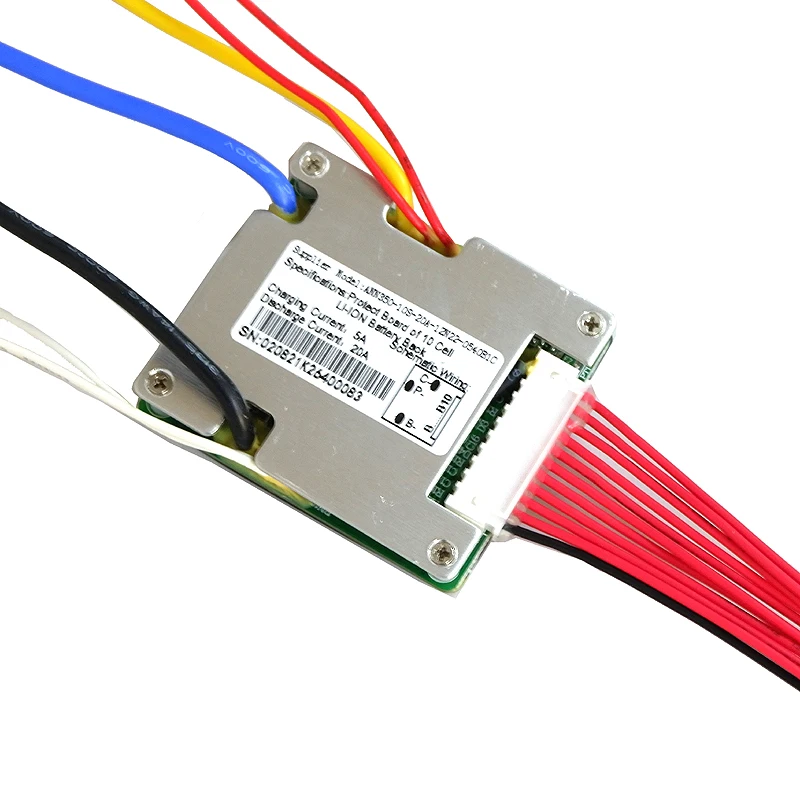I've heard of some people saying they've had bad experiences with Daly BMS products then recently I came across this over on ES:

 endless-sphere.com
endless-sphere.com
It's quite worrying. If what he says is correct for all Daly products then it means there are potentially thousands of unsafe battery packs out there.
Makes me wonder what brand of BMS to get. Most are not marked with a manufacturer.

DALY BMS Teardown & Failure Review (16S 40A)
Particular Model 16S 48V 40A LiFePO4 ....... (simple, no uart) Exact link where I bought 15 of them ..................(not prime, shipped from China) https://www.amazon.com/gp/product/B0876ZT5M1 I have already posted all the positive things I have to say. The BMS are amazing in every way...
 endless-sphere.com
endless-sphere.com
It's quite worrying. If what he says is correct for all Daly products then it means there are potentially thousands of unsafe battery packs out there.
Makes me wonder what brand of BMS to get. Most are not marked with a manufacturer.





